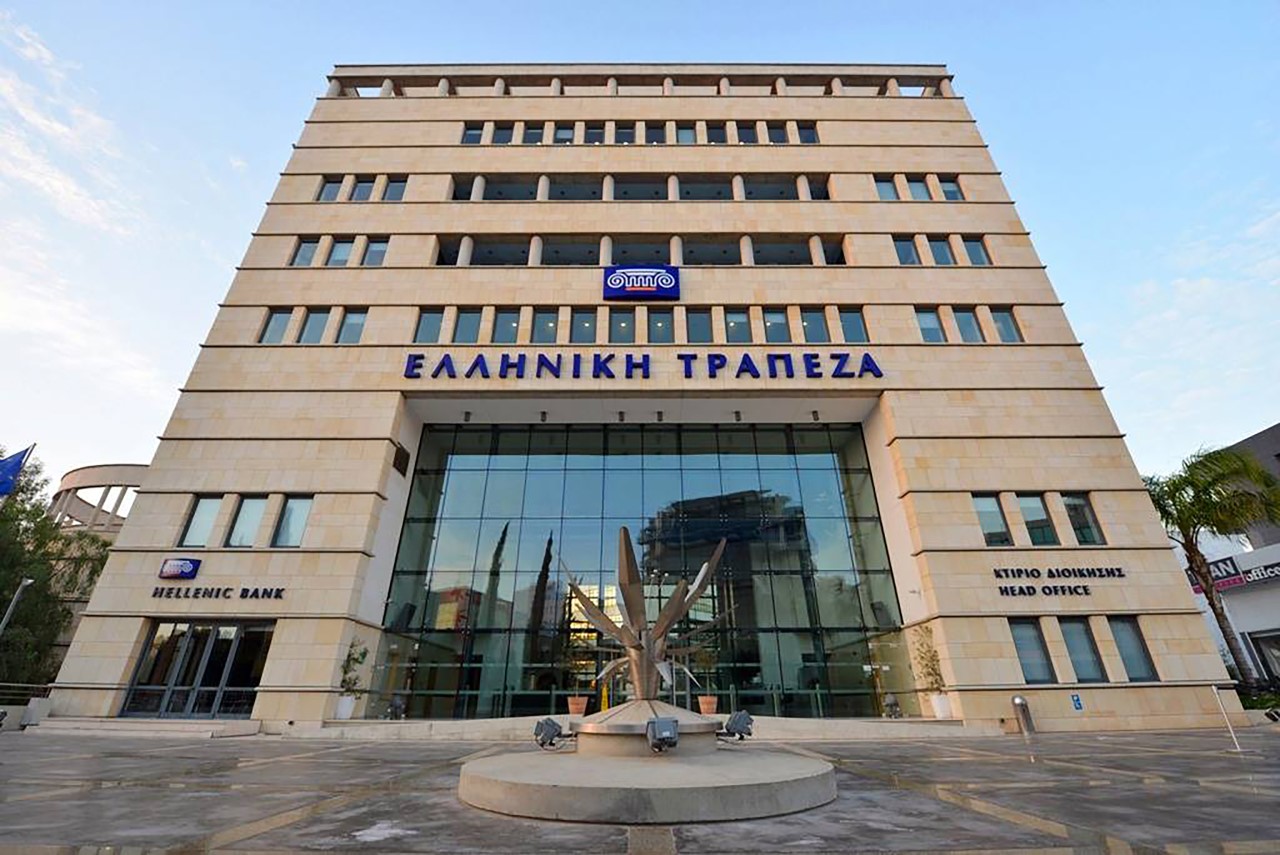Data Centers and the Tax Break Debate
In 2010, as the country was still reeling from the worst economic crisis since the Great Depression, tech companies, real estate developers, and rural lobbyists pressed for a tax break for data centers at the state Capitol in Olympia. Supporters argued that rejecting the tax break would mean turning down high-paying, long-term, and environmentally friendly jobs in distressed parts of rural Washington. Owners of data centers—gargantuan facilities filled with computer servers that power the internet—were scouting Washington and other states for new homes.
State lawmakers nearly unanimously passed the special exemption and have kept the benefits flowing to the industry ever since. However, a deep examination of legislative archives, public tax disclosures, and utility data by The Seattle Times and ProPublica revealed that the tax break has strayed from its original promises. The data center industry’s demand for electricity is growing so much that it could threaten Washington’s efforts to transition to a carbon-free power grid.
Job Promises and Reality
Early on, Washington leaders listened to the argument from data center companies and their supporters that giant server warehouses could deliver high-tech, high-paying jobs—and that without a tax break, those jobs would never materialize. It began with then-Gov. Christine Gregoire, who in 2008 proposed giving rural data centers a 50% rebate on Washington’s sales tax when purchasing replacement server equipment. Gregoire was concerned about unemployment in Central Washington.
Yahoo and Microsoft had halted construction on expansions to their Central Washington data centers after state officials determined they didn’t qualify for the state’s rural manufacturing tax deferral program. Yahoo told lawmakers that refusing to offer a tax break could cause the company to move its data centers to Oregon, which does not have a sales tax. Microsoft lobbyist DeLee Shoemaker argued that the state was “no longer competitive” for the data center industry.
Broader Eligibility, Lower Expectations
After accepting the industry’s case that the tax break would create good jobs in 2010, the Legislature almost immediately began loosening the law’s requirements for job creation. The original bill required each data center to create at least 35 permanent positions at 150% of the surrounding area’s average personal income. A second bill, approved just a month later, gave recipients the choice between creating 35 jobs or just three positions per 20,000 square feet of server farm space.
Lawmakers passed another expansion in 2012. Then, in 2015, lawmakers further broadened the tax break while rejecting a bill to increase data centers’ employment requirements. As lawmakers dialed back their jobs expectations, they formally declared a different measure of success for the corporate tax cut: any new revenue added to rural property tax rolls.
Nonsensical Job Numbers
While lawmakers created and then loosened staffing requirements for data center tax break recipients, they did nothing to ensure the public could see how many jobs were created at individual facilities. State law expressly barred Washington’s Department of Revenue from disclosing any information used to determine tax break eligibility. As a result, the agency’s public disclosures on the number of data center jobs can seem nonsensical.
The department’s annual tax disclosure report for 2022 attributed 108,320 jobs to the 22 companies that received the data center tax incentive. The figure is striking because aside from construction and electrician jobs, data centers employ relatively few people on a permanent basis. The explanation behind this enormous jobs number comes two pages later in its report: The agency counts the entire Washington workforces of companies getting tax breaks.
Postponed Auditing
Even state watchdogs responsible for auditing tax breaks have not kept close tabs on the rapidly growing tax cut. Lawmakers have ordered five-year reviews of another major tax break recipient: the aerospace industry. But with data centers, the Legislature opted to leave scheduling up to its Joint Legislative Audit and Review Committee and the Citizen Commission for Performance Measurement of Tax Preferences.
The committees published their first and only attempt at analyzing the data centers’ tax break in 2017. They found that data centers increased property tax revenue in Grant and Douglas counties by $17.7 million, even as the counties lost $12.1 million in exempted local sales taxes. Whether taxpayers came out ahead depended on how badly the tax exemption was needed for companies to locate in these counties.
Since then, data centers have grown to account for more than 25% of the tax base in Grant County. The assessed value has helped Quincy build new infrastructure projects. However, when it came to data center jobs—the main justification for the original tax break—the legislative auditor said in 2017 it was “too early to tell” whether recipients had hit the minimum job number required of them.
The state has not conducted a full review in the seven years since then. Despite warnings, legislative audit committees canceled a review last year of the rural data centers tax break and recently said an audit might not take place until 2034.






